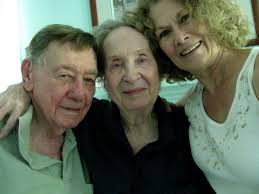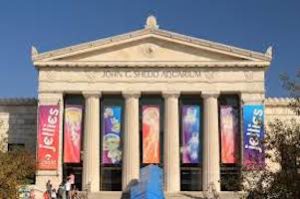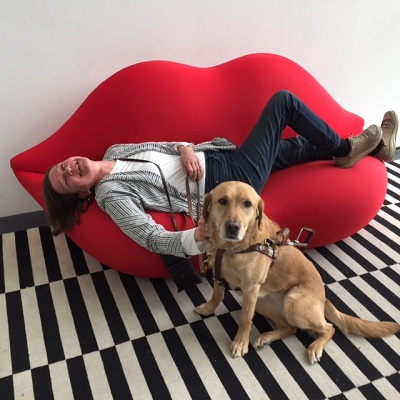Memoir writing is good for the brain, and the heart
January 25, 2018 • 9 Comments • Posted in careers/jobs for people who are blind, memoir writing, teaching memoir, writing promptsIn the dozen or so years I’ve been leading memoir-writing classes, I always pretty much assumed that getting life episodes down on paper is good for your brain. Now studies are starting to prove it.
A Creativity and Aging Study by the National Endowment for the Arts shows that writing memoir can result in the formation of new dendrites, the brain’s communication channels. Other studies show that the social engagement writers get by sharing their life stories in memoir classes like mine can prolong life and enhance healthy aging. Arts programs like writing classes for older adults have been linked to lowered blood pressure, reduced levels of stress hormones, and increased levels of endorphins — a “happiness hormone.”

Memoir can reunite people.
But who knew writing these little life episodes for class might serve to reunite people with family and old friends, too? Not me.
Early on in my memoir-teacher career a writer named Jean told me she had lost touch with her only brother. Nothing nasty had happened, they just didn’t feel they had much to talk about anymore. “But once I started these classes, I needed to call him every week to make sure I was remembering everything the way he did,” she laughed. “Now he calls every week to ask me what the assignment is.”
Seems any essay read in class about an old school chum or a long-lost relative is greeted with a chorus of, “Are you going to send that to them?” Most writers listen to the chorus. They send the essay. Weeks later, we hear stories of a get-together, or back-and-forth letters, or a series of phone calls exchanged with the person in the essay.
Four years ago our Safe & Sound blog published a post here about an essay a writer named Mary wrote when I assigned “Feeling Homesick” as a prompt. Mary had spent her junior year of high school on a study abroad program in Japan, and in her homesick essay she mentioned an American friend she met in Japan that year.
Mary had heard that her friend had developed Alzheimer’s disease, and on the urging from her fellow memoir-writing students, she sent a copy of her essay his way.
“He was still able to send me an email, and he told me my essay sparked a memory for him,” she told us later. Mary’s essay motivated her friend to write his own piece about an experience during his year as an exchange student in Japan.
After he finished his essay, his wife sent a letter telling Mary that her Japan memoirs had not only motivated her husband to write, but also motivated him to try using a computer again. “She said it was the first time he had used the computer in two months,” Mary told me, reaching over to pat me on the thigh. “So look what these memoirs produce!”
This week I got word about a new PBS series that debuted Tuesday, January 23, 2018. Hosted by Ann Curry, We’ll Meet Again is all about the value of reuniting with people from the past. Airing on PBS on Tuesdays from 8:00-9:00 p.m. Eastern time until the end of February, 2018, the show is described as “reuniting people with someone they crossed paths with during pivotal moments long ago.” Gee whiz. The memoir-writers in my classes could have written the script!



